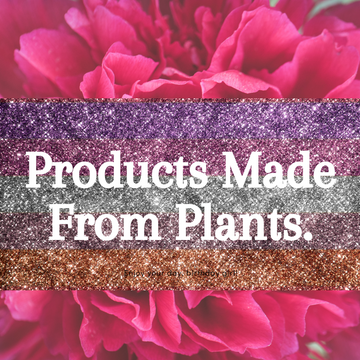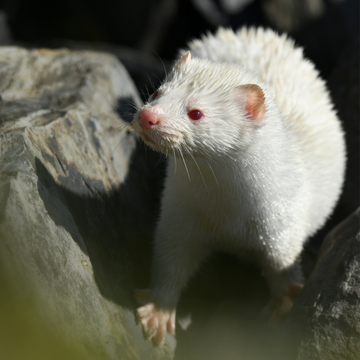When it comes to living a sustainable and vegan life, one cannot deny that products made from plants are a perfect choice. Plant-based products and diets help both humans and the environment. When people make vegan choices, they save the environment by reducing the usage of products and animals that contain animal products. Animals can be kept if people switch entirely to a sustainable vegan lifestyle. Plant-based products play a significant role and are considered to be good enough. This blog discusses how plant-based products like bamboo and corn can help all living organisms and the planet.
Fabric, material, and textiles are all the things that we consume in our daily lives. Suppose you are among the people concerned not only about themselves but also about the planet and animals. Then you must read about some of the fantastic benefits that bamboo offers.

All about bamboo and its impact on Animals, people, and plants:
The foremost benefit of bamboo is that it offers durability; it is long-lasting, durable, and strong. Another advantage of bamboo is that it is versatile; bamboo is absorbent, anti-static, and breathable, which is why it can be used to make towels, tops, t-shirts, tote bags, sportswear, bedsheets, and bathrobes. Also, bamboo is reasonably accessible; it is easy to find, which makes it in high demand. Now that we have explored bamboo's benefits and pros, it's time to see how it impacts animals, people, and plants.in addition, similar to bamboo, products made with corn are also durable, long-lasting, and environmentally friendly.
Impact on the environment-
Bamboo is considered to be a natural fiber. However, it can either be a naturally occurring bast fiber (bamboo linen) or a regenerated manufactured fiber. If we talk about the biodegradable factor, bamboo is biodegradable. It breaks down easily and quickly with natural enzymes to produce fabric. It is often expensive; manufacturers estimate it takes around 4 to 6 months for organic bamboo to biodegrade naturally. However, if it is blended with organic cotton, it can take as little as 1 to 5 months to biodegrade completely. In addition to this, bamboo production is sustainable to some extent; it is renewable, requires less water, and does not need pesticides.
Impact on animals-
The production of bamboo does not require any animal presence; no animals are harmed and used during its production. Moreover, bamboo needs no pesticides or fertilizers for its output, which exempts ecosystems and wildlife from exposure to toxic chemicals. In short, bamboo is vegan and animal friendly.
Why is bamboo a renewable resource?
Much of the world's total bamboo grows in Asia, and it is also the fact that bamboo is a renewable resource and one that many do not necessarily recognize as such. Before we jump on discussing is bamboo a renewable resource, let's first understand what a renewable resource is.
A renewable resource is an element of economic value that can be replaced in the same amount or less time it takes to draw the supply down. Though there are different types of renewable energy sources, some renewable resources have an unlimited supply of solar, wind, and geothermal energy. At the same time, other resources are known as renewable; some time or effort has gone into their renewal, such as wood, oxygen, and leather. Most precious metals are also considered renewable; even if they are not naturally renewed, they can be recycled as they are not destroyed during their removal and use.
Now let's discuss why bamboo is known to be a renewable resource-
1. Bamboo matures frequently-
Bamboo is a woody grass that flourishes in warm, humid climates in southern Asia. The foremost reason to consider bamboo a renewable resource is that it proliferates. Bamboo grows faster than most trees and plants from where valuable fibers are harvested. A single culm of bamboo has been known to increase 39 inches daily, which means an inch every hour. Bamboo reaches its maturity and is ready to be harvested two years after the initial sprouting. The rapid growth of bamboo can be associated with the fact that it is grass.
2. Bamboo is grown on its own-
If you genuinely want to know how renewable bamboo is, compare it with cotton. Each year over thousand gallons of water are required worldwide to produce enough cotton to manufacture various cotton products. On the other hand, bamboo needs one-third of the water a cotton plant needs to grow. Moreover, bamboo generally does not require irrigation or fertilizers to produce. In addition, bamboo can be developed with little to no irrigation, pesticides, or fertilizers. So if we consider the utilization of textiles, bamboo is an excellent crop.

3. Other reasons bamboo is a sustainable resource-
Marrying bamboo does not cause soil erosion to other plants and trees. It does not result in soil erosion because the root system is left untouched; hence, it can grow again and get ready for harvest using the same root system. Moreover, a forest bamboo that is the size of a grove of trees will produce 35 percent more oxygen than the other trees. More oxygen produced results in less global warming and other environmental problems. Bamboo also secretes 70 percent more carbon yearly than the grove trees that are the same size, equating to a low carbon footprint for bamboo.
Final Thoughts:
Some plant-based products like bamboo and corn are being used in a variety of luxurious and valuable commodities. Bamboo is used massively in the culinary realm throughout Asia and India and is also used as a type of herbal medicine. And because bamboo and corn are renewable resources, purchasing these green products wherever possible is the best and easy way to help the environment. However, if you doubt whether is corn renewable or non-renewable resource, then the answer is similar to bamboo; corn is also a renewable resource.
Also, get to know about why Jute Is A Sustainable Material.







